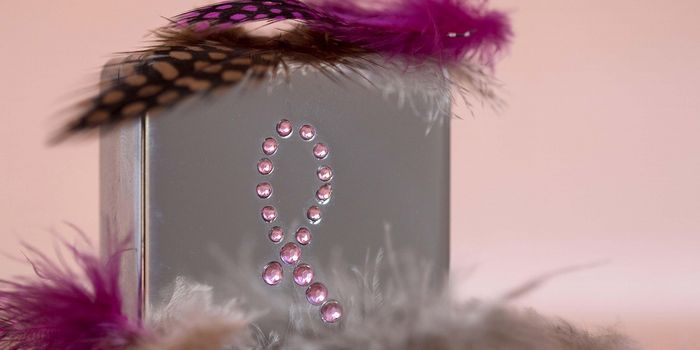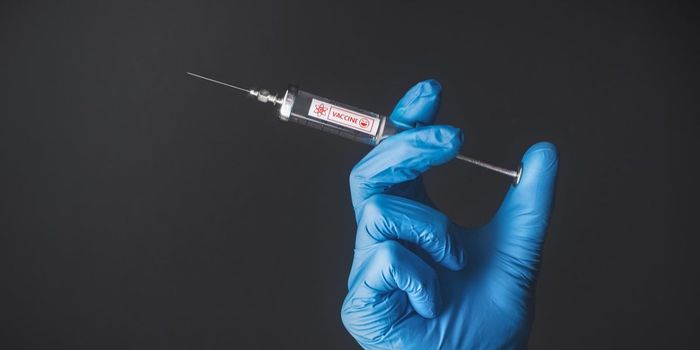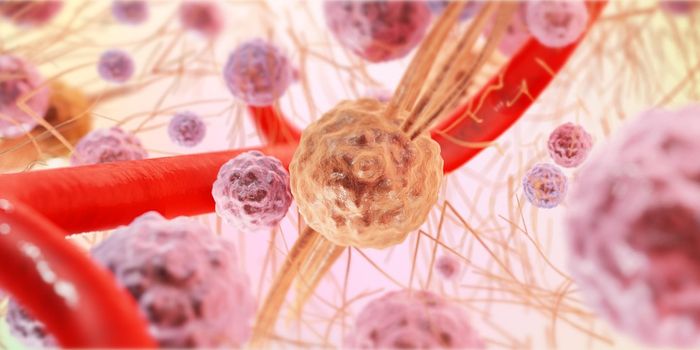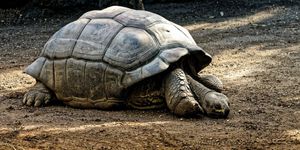Self-renewing blood stem cells give hope for blood disease treatments
New research details how activating a certain protein may be the key to getting hematopoietic stem cells (HSCs) to self-renew. The research comes from scientists at UCLA and was published recently in Nature. Its findings may open doorways for leukemia treatment, as well as other blood diseases.
HSCs are blood stem cells found in the bone marrow that make blood by differentiating into cells like red blood cells, T and B lymphocytes, and white blood cells. HSCs play an infinitely important role in making billions of new blood cells in the human body every day.
But for people with blood diseases, HSCs are necessary to make new blood cells, a demand which has typically been met with a supply of bone marrow. However, due to the array of difficulties that come along with bone marrow transplants, some researchers have been looking into using cultured HSCs to replace bone marrow transplants. Yet, they keep on getting stumped because HSCs lose their capacity for self-renewal in cultures soon after being removed from bone marrow.
"Although we've learned a lot about the biology of these cells over the years, one key challenge has remained: making [HSCs] self-renew in the lab. We have to overcome this obstacle to move the field forward," explains senior study author Hanna K. A. Mikkola, a professor of molecular, cell, and developmental biology at UCLA.
That’s why this study’s finding of a protein called MLLT3 is so noteworthy. Mikkola and her team found that manipulating MLLT3 resulted in a "more than 12-fold expansion of transplantable" HSCs. "If we think about the amount of blood stem cells needed to treat a patient, that's a significant number," commented Mikkola. The researchers plan to continue working on their process with MLLT3 in order to move from animal trials to human trials.
Sources: Nature, Medical News Today








